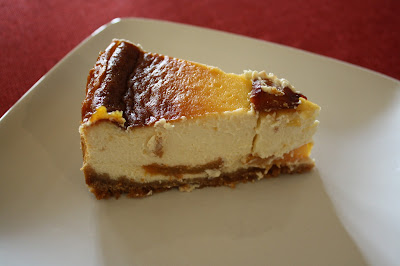For the dressing
4 Tbsp. vegan mayonnaise
2 Tbsp. mustard
2 Tbsp. red wine vinegar
1 Tbsp. olive oil
½ tsp. turmeric
½ tsp. lemon zest
For the salad
1 20-oz. block extra-firm tofu
¼ cup slivered almonds (optional)
4 tsp. capers (I omitted them)
¼ cup chopped chives
fresh thyme, to taste (I used lemon thyme, which may have been too lemony)
salt and pepper to taste
In a large bowl, whisk together all the dressing ingredients. Using your hands, crumble the tofu into roughly ½-inch pieces. Stir together with dressing and add almonds, capers, chives, and thyme. Lastly, salt and pepper to taste. Serve on sandwich bread or rolls or with salad greens. (Leftover salad will keep refrigerated for several days.)

After that, I tried a veganized version of tuna salad. I had two recipes bookmarked, one from The Kind Life and one from The Kitchn. After comparing ingredients and deciding that I wasn’t too keen on pickles or nori, while celery, scallions and mustard were more my thing, I went with The Kitchn and their recipe called Chickpea of the Sea Salad. You can’t beat that name, and honestly, you can’t beat that salad! It’s like it was pushing all the buttons that tuna salad normally pushes for me, but it doesn’t have tuna. And you know, lots of people want to avoid tuna – maybe they have allergies, they’re vegan, they’re concerned about sustainability or mercury exposure. This salad is your answer, people. I loved it, the Little Prince loved it (actually, he called it tofu, which we’ve established is a compliment coming from him), and when the Engineer had a bite later that evening, he was flabbergasted that it tasted like it did but without containing any tuna or chicken or any animal flesh at all. I’ll be making this one again.
1 (15.5-oz.) can chickpeas, drained and rinsed
¼ cup vegan mayonnaise
1 Tbsp. whole grain mustard
1 ½ Tbsp. umeboshi vinegar
2 tsp. celery seeds
¼ cup chopped celery, from about one rib
2 Tbsp. sliced scallions, from about two scallions
freshly ground black pepper
Place chickpeas in the bowl of a food processor and pulse two or three times to roughly chop. Add remaining ingredients and pulse two or three times more to incorporate. Serve on bread, with or without lettuce.















































